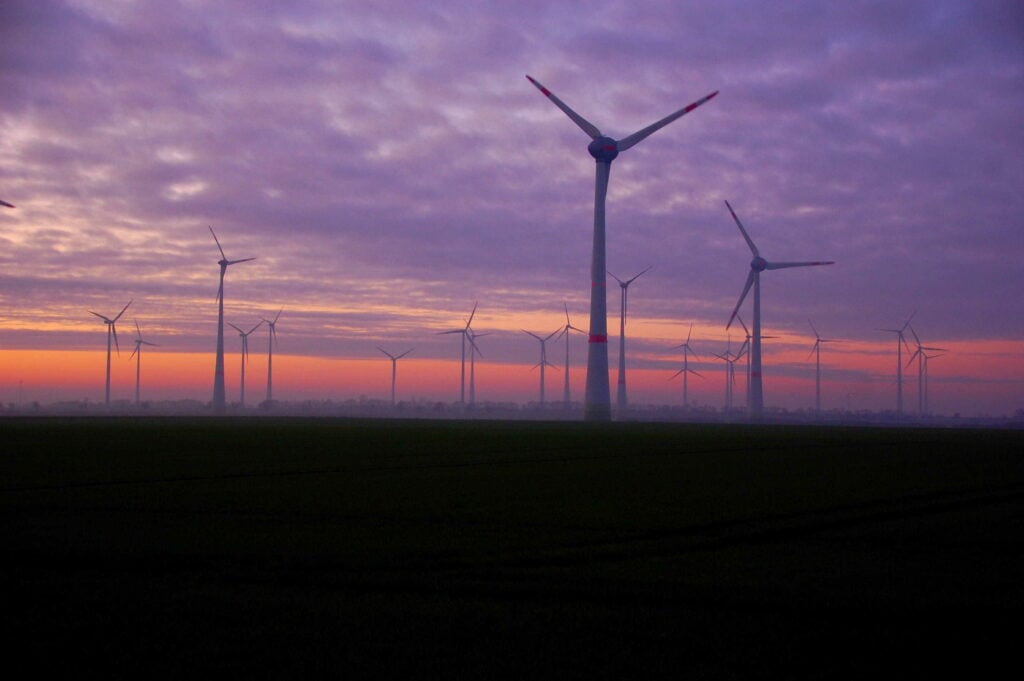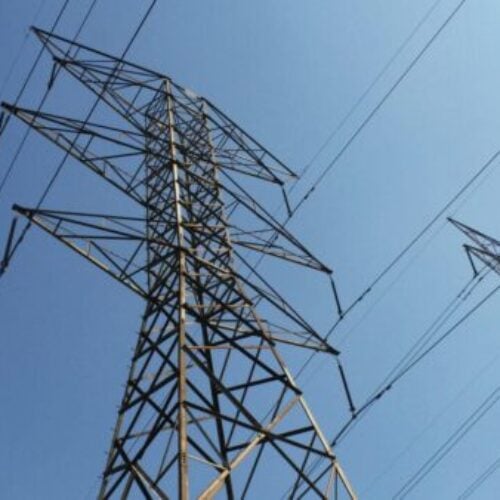The GB energy system saw its highest ever available wind generation in the week commencing 3 October, peaking at 17.6GW of potential wind energy generated in the evening of 5 October.
However due to constraints on the transmission network, only 14.1GW was able to be used whilst the rest of the renewable energy was turned down. Despite this, wind generation achieved an impressive feat having accounted for 41% over the course of the week.
This peaked on 7 October where wind generation accounted for 71% of the UK’s energy.
“The recent curtailment of wind is evidence of the paradox that the GB energy system faces. Growing generation capacity of cheap renewable energy to record breaking levels but much of it in locations where supply regularly outstrips demand and a lack of transmission capacity to deliver this energy to where there is demand,” said Chris Matson, partner at LCP Delta.
“The UK faces a bleak winter ahead with a cost of energy crisis and growing fears of blackouts. Cheap, green energy being switched off for more expensive generation that ultimately results in higher bills for customers is a bitter pill for many to swallow.”
Despite record breaking levels of wind available, the energy system also experienced the second highest ever wind curtailment in a single week, peaking at 4.56GW of turn-down actions on the 6 October.
As a result of the curtailment on wind and the need to fire up gas, coal and biomass powerplants, the energy system had to pay £27 million across the week, a cost that is ultimately put onto customer energy bills and also results in increased carbon emissions, LCP Delta said.
“There has been significant investment in renewable energy in recent years which is pushing generation of cheap, green energy to new heights. However, the same cannot be said for the transmission network across the GB system, which has not kept pace in providing a network that allows us to shift energy to where there is demand,” said Matson.
“Strategically, Scotland offers huge potential for generating large amounts of wind energy but is naturally not a high demand region. As more renewable energy is plugged into the system, investment in the network must be increased.”
Recently, SSE Renewables, alongside its partner TotalEnergies, revealed that Scotland’s “largest” offshore wind farm has started generating its first power.
The Seagreen offshore wind farm, situated 27km off the coast of Angus in Scotland, started generating its first electricity via 114 Vestas turbines that were commissioned and connected to the grid. The 1,075MW wind farm is expected to be fully operational in the first half of 2023.
Scotland has masses of potential to scale wind generation and support the UK in achieving tis net zero goals and given the current climate via the wholesale gas crisis, can help reduce bills.
This potential can be observed with three additional wind projects with a cumulative capacity of 2.8GW set to be developed in Scotland after being cleared via the ScotWind Leasing initiative, bringing the scheme’s overall capacity to 27.6GW.
The three projects are being developed by Ocean Winds, Mainstream Renewable Power and ESB Asset Development and will cover over 560km² of seabed. Of these, Mainstream Renewable Power has the largest capacity at 1.8GW. The projects add to the growing total of ScotWind project, which now sits at 20 projects under development.
The projects have also attracted significant supply chain commitments indicating an average of £1.2 billion investment in Scotland per gigawatt of capacity built.






